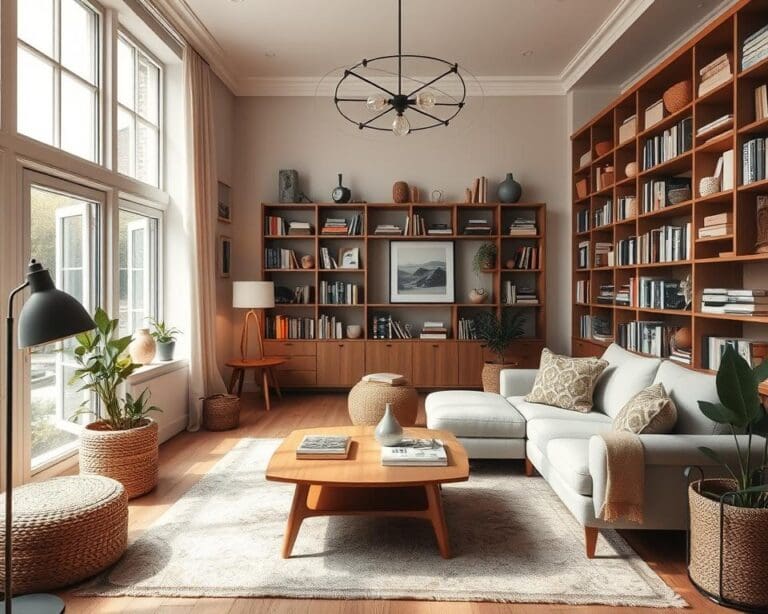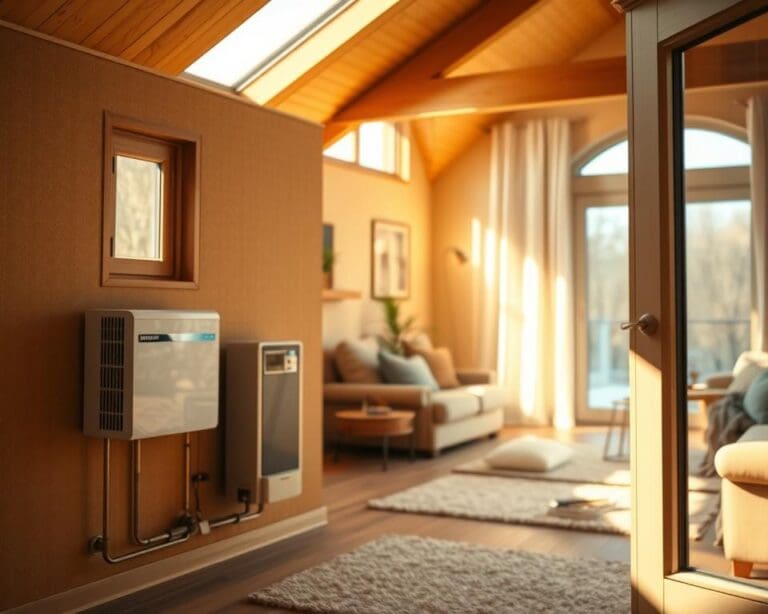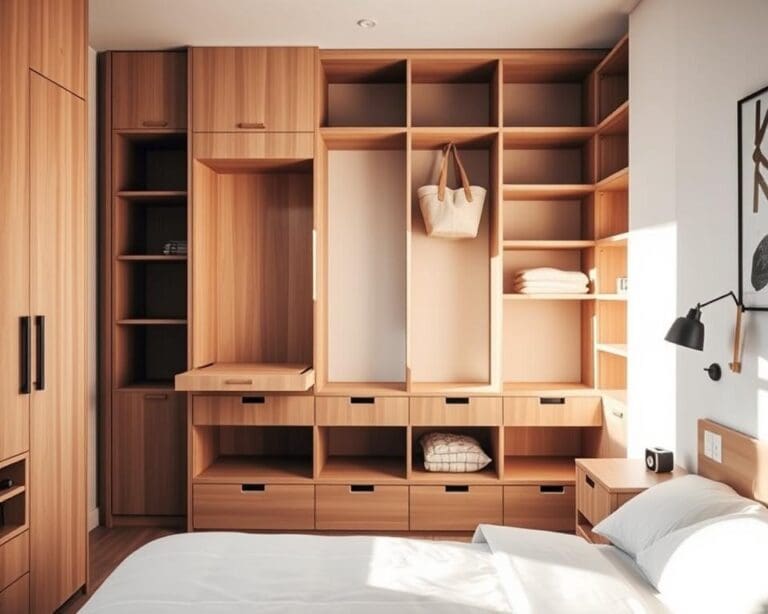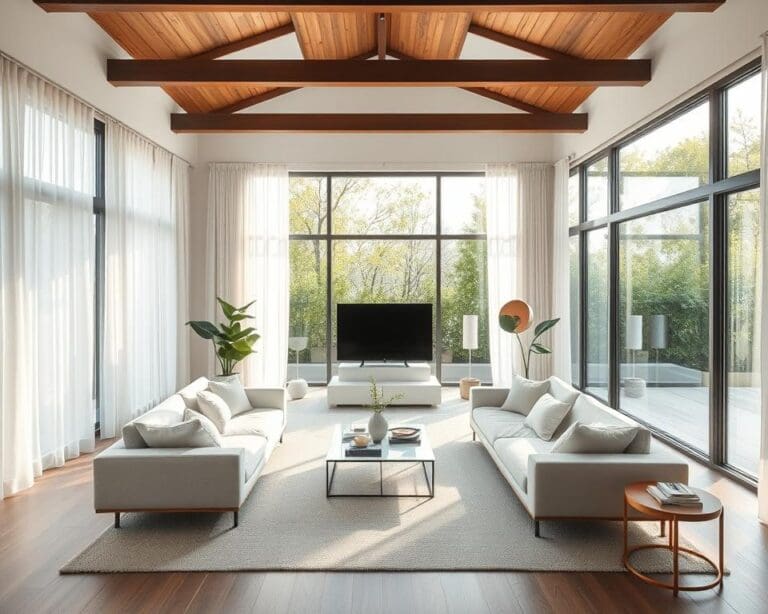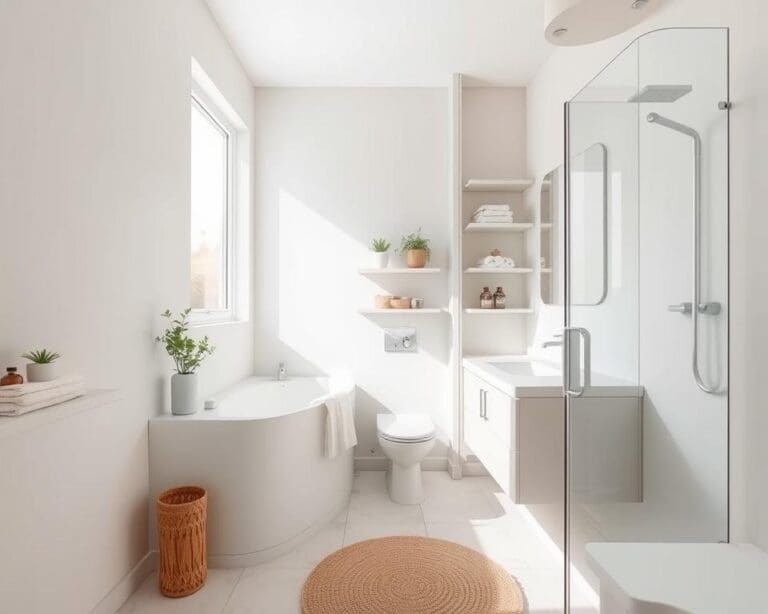Transforming an open-plan space into an inviting haven can seem daunting, yet it holds the promise of a warm atmosphere filled with charm and character. Open-plan layouts are famed for their flexibility, but without thoughtful design, they can often feel expansive and unwelcoming. In this article, we will explore effective strategies for enhancing spaces, focusing on the importance of colour, furniture arrangement, lighting, and natural elements. Each element plays a crucial role in establishing an inviting interior design that welcomes both residents and guests alike.
The Importance of an Inviting Open-Plan Space
Creating an inviting open-plan space offers numerous benefits that enrich both aesthetic appeal and functionality in a home. The atmosphere in open-plan design encourages socialising areas where families and friends can gather, fostering connections and shared experiences. This design promotes a natural flow between different zones, making it easier to engage with one another, whether for casual moments or entertaining guests.
An inviting atmosphere contributes significantly to home comfort, forming a sanctuary that supports relaxation and wellbeing. This is crucial, as studies demonstrate that living in well-designed spaces can enhance mood and overall mental health. An appealing environment not only uplifts spirits but also encourages productivity, making it valuable for personal spaces as well as professional settings.
Investing in the creation of an inviting atmosphere is not merely a trend but a crucial aspect of modern living. The overall benefits of inviting spaces extend to improved social interactions and a greater sense of belonging, where individuals can truly thrive in their environments.
Key Elements for a Welcoming Atmosphere
Creating a welcoming atmosphere in an open-plan space requires attention to several key elements of welcoming spaces that harmonise to evoke comfort and enjoyment. The interplay of design features such as colour schemes and furniture choices significantly influences the overall feel of the area.
Warm colours, like soft yellows or earthy tones, can invite a sense of tranquility, enhancing comfort features throughout the room. Tactile fabrics, particularly in cushions and throws, contribute to the sensory factors that make a space feel more inviting. These elements encourage guests to relax and fully engage with their surroundings.
The arrangement of furniture also plays a pivotal role in shaping interactions within the space. Thoughtful layouts foster conversation and create a natural flow, making it easier for individuals to connect. Emphasising the interplay of design while considering practical uses ensures that every element serves its purpose, cultivating an environment that is both functional and inviting.
How do you make an open-plan space more inviting?
Creating an inviting open-plan space revolves around the subtle interplay of colour psychology and the use of various textures. These components can evoke feelings of comfort and charm, encouraging social interaction and relaxation.
Utilising Warm Colours
The choice of colours significantly impacts the atmosphere within an open-plan area. Warm colours like terracotta, soft pastels, and natural wood accents play a vital role in establishing an inviting environment. Using inviting hues can create a sense of warmth in design, making the space feel more intimate and welcoming. Incorporating these colours into the walls, furniture, or decor can instantly transform a cold, uninviting area into a cosy sanctuary.
Incorporating Textures
Textured elements add depth and interest to an open-plan space. By integrating various materials—such as plush rugs, knitted throws, and woven baskets—you enhance the comfort level while stimulating the senses. These textures not only contribute to warmth in design but also create a more welcoming and nurturing environment. The contrast between different materials can engage the eye and invite guests to settle in and feel at home.
Functional Furniture Arrangements
Creating an inviting open-plan space begins with thoughtful furniture arrangements that enhance both functionality and aesthetics. By focusing on the right furniture layout, one can develop distinct spatial zones that cater to various activities. This method transforms a broad area into multiple inviting sections, facilitating a seamless flow throughout the environment.
Defining Zones Using Furniture
Utilising furniture to define spatial zones is essential for an effective open-plan design. By positioning sofas and chairs strategically, you can clearly mark areas for lounging, dining, and socialising. For instance, placing a large rug under a coffee table signals a relaxing zone, while a dining table set in a different section creates a dedicated space for meals and gatherings. The right furniture layout not only enhances usability but also gives a sense of purpose to each area.
Choosing Versatile Pieces
Incorporating multifunctional furniture is crucial for maximising open-plan efficiency. Pieces like ottomans that double as storage or extendable dining tables provide flexibility in your arrangement. This versatility ensures that as needs change, the space can adapt without losing its charm. Choosing these adaptable items fosters a more inviting atmosphere, inviting individuals to engage in various activities throughout the day.
Natural Lighting and Its Impact
Natural light plays a pivotal role in transforming open-plan spaces into inviting areas. The presence of sunlight not only enhances mood enhancement but also impacts the overall lighting effects within a room. A well-lit environment cultivates a sense of happiness and wellbeing, which is vital for social interactions.
Maximising natural light can be achieved through various strategies. The placement of mirrors can reflect sunlight, increasing its reach throughout the room. Incorporating sheer curtains or glass partitions allows for the flow of open-plan brightness, creating a seamless connection with the outdoors.
Designers recommend balancing natural and artificial lighting to maintain warmth during darker months. Emphasising natural light ensures well-lit areas feel larger and more open, fostering a welcoming atmosphere. Such spaces encourage connections and comfort, essential for any inviting interior.
Introducing Plants for a Touch of Nature
Incorporating indoor plants into an open-plan space is essential for cultivating a warm and inviting atmosphere. Beyond their aesthetic value, these natural elements improve air quality and contribute to a healthier living environment. The presence of greenery can transform an otherwise stark space into one that feels connected to the outdoors, promoting a calming vibe that encourages relaxation and social interaction.
Opting for low-maintenance plants, such as snake plants or pothos, can bring life into your home without the hassle of excessive care. These choices are perfect for urban dwellers who want to incorporate biophilic design principles into their interiors, as they not only serve as decor but also as a significant contributor to air quality improvement. Every leaf brings a little bit of nature inside, enhancing the overall ambience of the space.
As you thoughtfully arrange your indoor plants, consider their placement to maximise their impact on your space. By grouping plants together or using a variety of heights, you can create a dynamic visual appeal that resonates with the essence of nature. This strategic integration of plants fosters an inviting and vibrant atmosphere, making your open-plan area a favourable space for both relaxation and socialisation.



